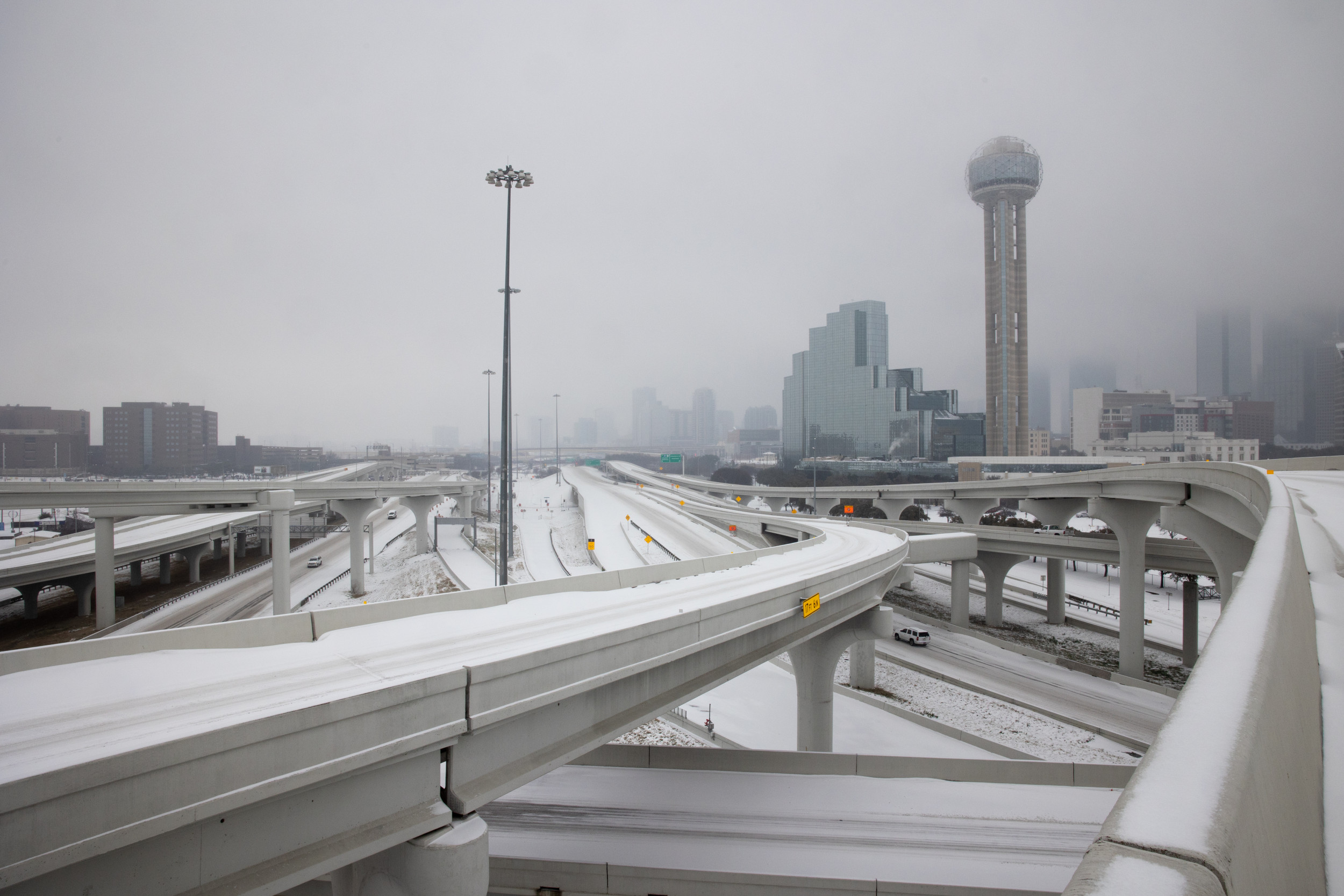As Tropical Storm Patty teeters on the brink of forming, another storm may be brewing in the Atlantic.
The area of low pressure has a 10 percent chance of becoming a tropical cyclone—defined as a storm at tropical depression level or stronger—in the next 48 hours.
The system, which is moving eastwards in the opposite direction to the U.S., has the same likelihood of becoming a tropical cyclone across the next 7 days.
Where are the storms over the Atlantic?
"A storm-force nontropical low pressure area located about 400 miles west of the western Azores is producing limited shower activity. Some subtropical development is possible while the low moves generally eastward during the next few days," the National Hurricane Center said in a Tropical Weather Outlook.

Tropical cyclones are a general term for any storm that has strengthened into a tropical depression or intensified further into a tropical storm or hurricane.
"Tropical depressions and tropical storms are two types of tropical cyclones, and they are classified based on whether a tropical disturbance has a relatively "warm core" of air (relative to the surrounding environmental air outside of the system) along with a clear circulation and sufficient wind speed maximum," Zachary Handlos, an atmospheric scientist at Georgia Institute of Technology, told Newsweek.
"Tropical depressions, by definition, exhibit maximum wind speeds less than 39 mph, while tropical storms exhibit a maximum wind speed between 39-73 mph."
If this storm reaches tropical storm strength, it will be officially named Tropical Storm Rafael, assuming that another soon-to-be storm in the Caribbean is named Tropical Storm Patty first.
The potential Tropical Storm Patty has been building for several days, with its likelihood of reaching tropical cyclone strength increasing over the past week. The storm currently has a 70 percent chance of reaching tropical cyclone strength in the next 7 days, and a 30 percent chance in the coming 48 hours.
Where is Tropical Storm Patty headed?
Currently located north of Panama, the weather system is currently expected to move to the north or northwest, sending it toward Cuba and possibly in the direction of the U.S.
"A broad area of low pressure is likely to develop over the southwestern Caribbean Sea during the next day or so. Gradual development is possible thereafter, and a tropical depression is likely to form late this weekend or early next week while the system drifts generally northward or northwestward over the central or western Caribbean Sea. Regardless of development, locally heavy rains are possible over portions of the adjacent land areas of the western Caribbean," the NHC explained.
Nov 1 8AM EDT: We continue to monitor multiple areas for tropical development. In particular an area in the SW Caribbean has a high (70%) chance of development, a broad area of low pressure is expected to develop and a tropical depression is likely to form late this weekend or… pic.twitter.com/LAcY7ybQz8
— National Hurricane Center (@NHC_Atlantic) November 1, 2024One additional storm could also be forming in the Caribbean, just to the north of Puerto Rico. This system only has a 10 percent chance of reaching tropical cyclone strength in both the coming 48 hours and 7 days, however.
"A trough of low pressure located near Puerto Rico is producing a large area of showers and thunderstorms over portions of the Greater Antilles and the adjacent waters of the Atlantic and the northeastern Caribbean. Slow development of this system is possible during the next few days as it moves west-northwestward near the Greater Antilles," the NHC said.
"After that time, this system is expected to be absorbed into the low pressure area over the Caribbean. Regardless of development, locally heavy rains are possible during the next several days from the northern Leeward Islands westward across Puerto Rico and Hispaniola to eastern Cuba and the southeastern Bahamas."
There are also two other possible storms in the Pacific Ocean, one with a 40 percent chance of reaching tropical cyclone strength across the next 48 hours and 70 days, and the other with only a 30 percent chance of forming within 7 days.
"Shower and thunderstorm activity associated with an area of low pressure located more than 1000 miles southwest of the southern tip of the Baja California peninsula has continued to persist this morning. Some further development of this system is possible during the next couple of days while the low moves slowly westward," the NHC explained. "By late this weekend, however, environmental conditions are expected to become less conducive for development."
When does hurricane season end?
The Atlantic hurricane season runs from June 1 to November 30, while the Pacific hurricane season runs from May 15 to November 30 in the Eastern Pacific and from June 1 to November 30 in the Central Pacific. Therefore, we only have around a month left until the season ends on both U.S. coasts.
Do you have a tip on a science story that Newsweek should be covering? Do you have a question about storms? Let us know via science@newsweek.com.




















 English (US) ·
English (US) ·